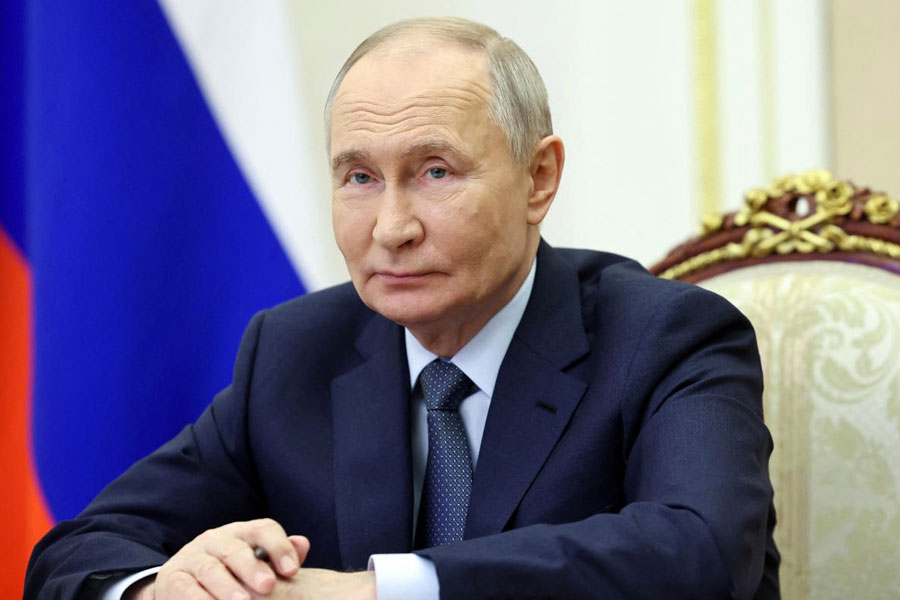Trafficking takes place under the cumulative conditions of deceit, violence and exploitation. The means could be consensual or coercive. Vulnerabilities, compulsions and choices may coexist. Some sections of law-enforcement agencies and political racketeers provide support to seasoned traffickers who work in tandem with families and close acquaintances of victims who may be re-trafficked several times. A good number of victims and survivors become traffickers themselves.
This article draws upon a variety of documentary material and qualitative data collected in the last five years. Our project had commenced when a team of researchers and interlocutors began to speak to a select group of victims and survivors of trafficking in the two major catchment areas of North and South 24-Parganas. About 150 of them have narrated their experiences, enabling us to collect a fairly large quantum of 'life-story' data in addition to consulting records of cases involving dropped trials and also convictions of traffickers in lower courts of southern West Bengal. These records contain copies of first information reports, letters of complaint submitted to local police stations and higher police authorities for inaction at the thana-level as well as to human rights and women's commissions and office-bearers of panchayats. They also include sikritinamas - statements of acceptance of obligations from contractors or placement agents, who are mostly under-cover traffickers.
One of the most important findings relates to the involvement of family members and other close acquaintances of the victims. They work either independently or as local collaborators of outstation traffickers. Most government-funded and NGO-implemented awareness programmes aim at rescuing, sheltering and rehabilitating young women and girls. These activities remain wrongly targeted at the families of victims and survivors and other stakeholders of anti-trafficking work like panchayat functionaries on the basis of the false assumption that the families and stakeholders should be provided with adequate resources for punitive legal action against traffickers. Such a strategy remains counterproductive as trafficking tends to be a 'way of life' for disadvantaged people who often sell their young women.
Trafficking rackets operate under the well-known pretexts of organizing sham marriages or recruiting women for domestic work that lead to back-breaking labour, coupled with sexual abuse. In the post-trafficking phase, the majority of women take to forced prostitution and/or self-chosen sex work. Some women return to their villages to work as escorts for clients. Many others lose contact with families for a while after fleeing their oppressive work places. In some cases, women reconnect with families to remit money or even come back home to lead a married life. Some victims are killed by traffickers to destroy evidence of crime; some others commit suicide. Recently, poor, teenaged girls are being trafficked by way of recruiting them in dance and music troupes that serve as camouflaged outfits.
The involvement of a segment of panchayat functionaries and the local police is another stark reality. Government agencies and NGOs remain conspicuously silent on these matters on account of their own compulsions of programme or project management. Ironically, these collaborators are often entrusted with the responsibility of controlling or eliminating trafficking.
All this leads us to the sociology and politics of anti-trafficking work. We need to examine the grand narratives of rescue and rehabilitation and reflect deeply on their failings in terms of a gender-just and rights-based public policy to combat trafficking.
The author is Former Director (Programming & Research) Legal Aid Services, West Bengal











